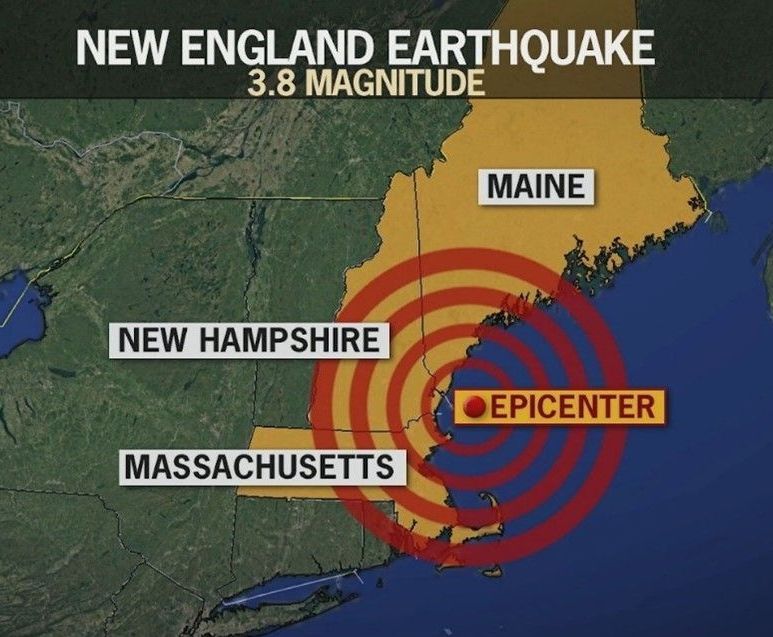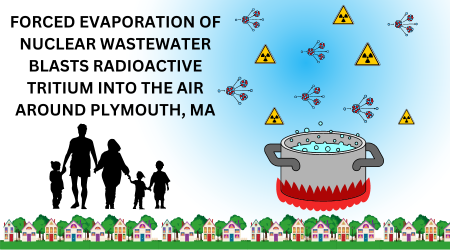Regulators ponder 100-year licenses for nuclear reactors
As nuclear plants age, C-10 urges a focus on current safety concerns
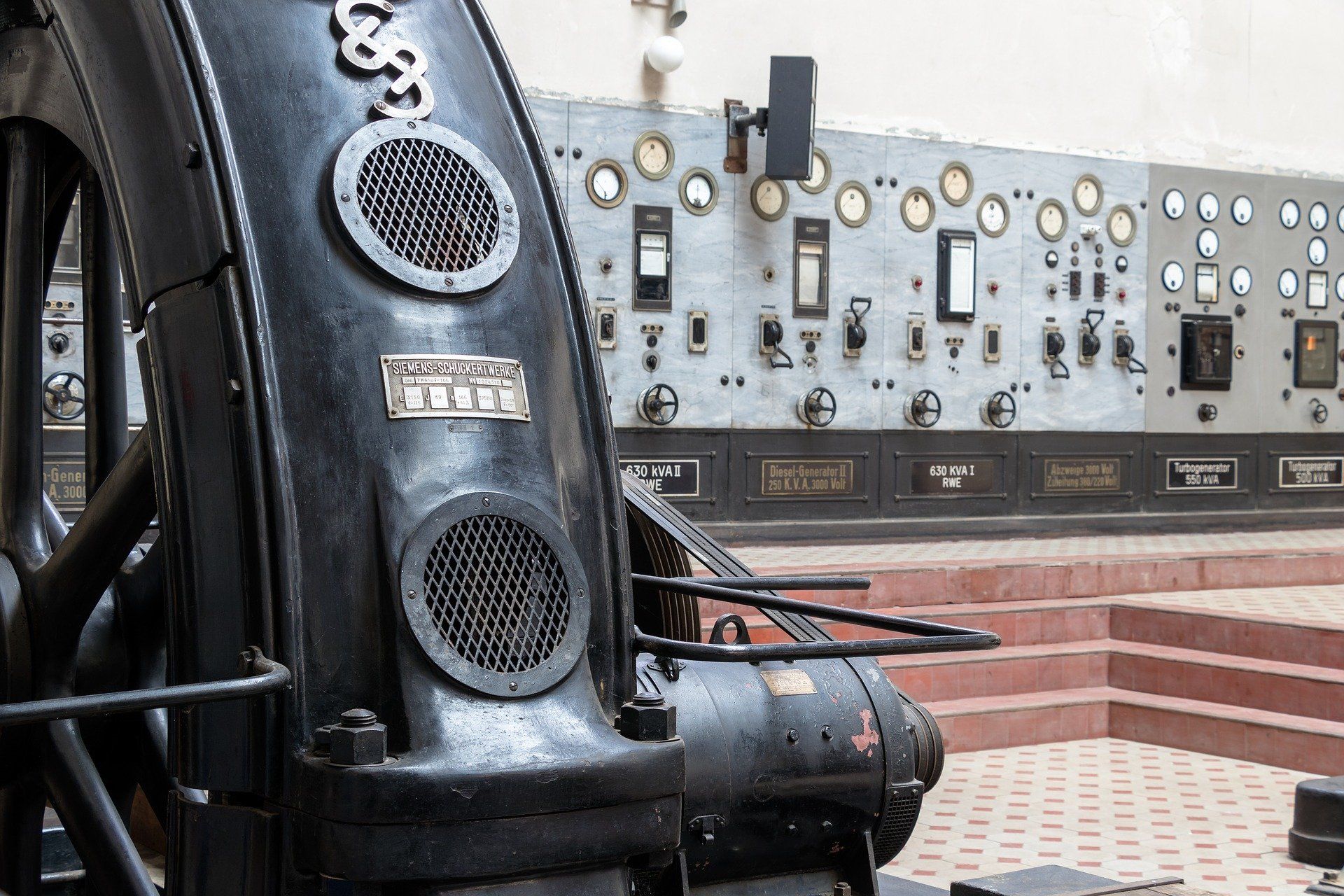
Propping up an aging and dangerous technology?
Most of the commercial nuclear plants in the U.S. were originally licensed to generate power for 40 years. With the majority of the 95 reactors that are still in operation designed and built between 1970 and 1990, and few new plants in the works, the US Nuclear Regulatory Commission (NRC) is exploring the possibility of renewing operating licenses for extreme extensions.
The NRC held a day-long virtual meeting on January 21, on the topic of extending license renewals for up to 100 years for nuclear power plants. While billed an exploratory meeting, it appeared that the NRC was already laying the groundwork to grant these ultra-long license extensions.
There are no limits on how many subsequent 20-year license extensions a plant may request. A license extension doesn’t guarantee that a plant will remain in operation decades into the future, and reactor operators must continue to demonstrate on a daily basis that they can operate safely.
Yet two plants—Peach Bottom in Pennsylvania and Turkey Point in Florida—have already been granted licenses for 80 years. At least two others have applied for a second 20-year subsequent license renewal to operate for up to period for 80 years.
C-10 and other nuclear-safety advocates from around the nation participated in the public meeting, expressing serious concerns about the implications of such unprecedented extensions. For our part, C-10 urged the agency not to spend time on far-off scenarios, but to focus on better science and stronger regulation to ensure that the reactors in our communities are safe today.
With a bevy of nuclear industry, national lab and NRC presentations and nearly 150 participants including members of the public, the agency sought input on the following questions:
- Should the NRC begin to consider the potential technical issues and the development of guidance documents to support license renewal to authorize operation for up to 100 years, and if so, when?
- What are the technical issues that could be potential challenges for license renewal to 100 years?
- What approaches should be used to optimize the development of data to address potential technical challenge areas?
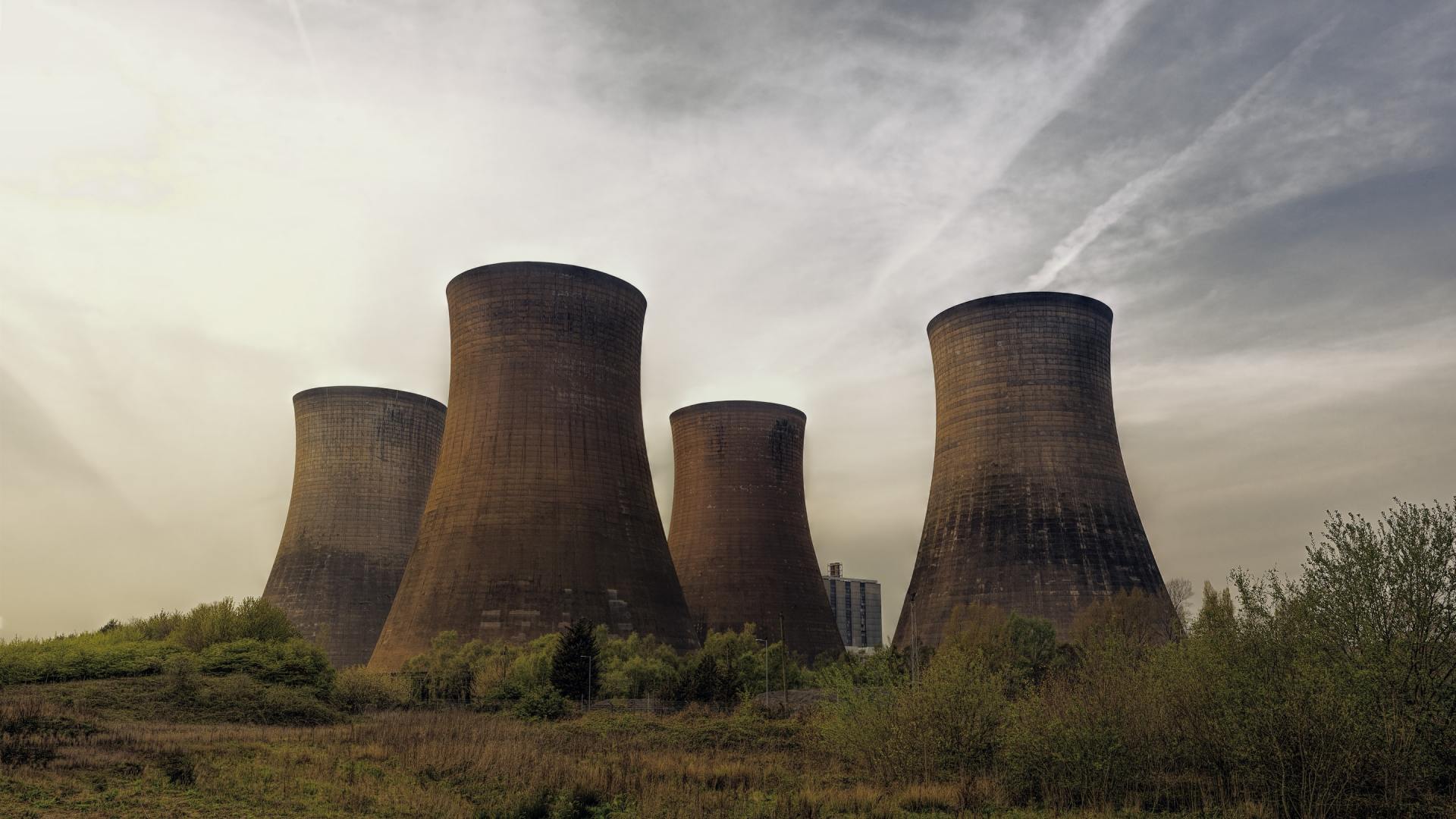
Concrete Concerns
Given C-10’s experience with the case resulting in stronger licensing requirements for how Seabrook Station manages its degraded concrete , our team took a particular interest in the afternoon session on concrete structures. We were pleased when the meeting organizers asked for our help to invite Dr. Victor Saouma , the internationally respected scientist who served as C-10’s expert witness in our challenge to Seabrook Station’s concrete-aging management plans. We can only hope that the agency will give serious heed to his remarks.
Although the tougher licensing requirements for how Seabrook manages the problem of alkali-silica reaction (ASR) was a partial win for public safety when ordered last fall, C-10 has serious concerns that neither plant owner NextEra Energy nor the NRC understands the full extent of the problem. There remain no federal guidelines on how to detect or manage ASR at the nation’s nuclear plants.
Indeed, Dr. Saouma has questioned the safety of Seabrook’s concrete for the current licensing period, much less for decades into the future. Because ASR can take years to manifest itself, there is no way of knowing where it is silently lurking. The degradation could already be impacting the concrete at other reactors.
Dr. Saouma pointed out in his presentation that by the time these reactors are 100 years old, the technology will be at least 110 years old. "Just think about it,” said Saouma. “Think about the technology of 1921 applied today in 2021. Isn't our knowledge of seismicity and materials much better than in 1921, today? Would you trust a contractor to fix your house with a 1921 code?"
"The point I want to hammer is that 100 years, it is a lot of years, well beyond what reactors were originally designed for,” Saouma continued. “What is at stake is enormous, and I would urge the NRC to put safety before economic considerations this time.”
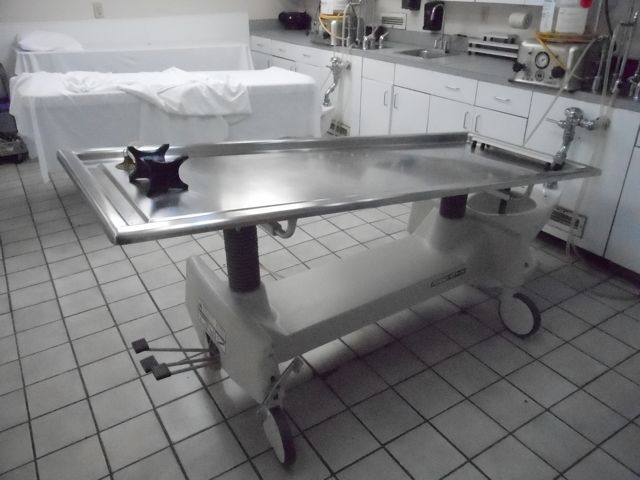
Biopsies and autopsies
Saouma expressed concern that the NRC has lost some of the highly regarded scientists and engineers, and stressed that the agency should make its decisions based on rigorous, peer-reviewed science. He urged the agency to conduct “biopsies” of the concrete at operating reactors, and to do research and develop regulations for concrete-aging management.
Earlier in the day, Paul Gunter, Director of the Reactor Oversight Project with Beyond Nuclear, had called for autopsies of plants being decommissioned, and recited an alarming story about a 2017 guidance report issued by Pacific Northwest National Laboratory (PNNL) that mysteriously disappeared from government websites when he started asking questions—only to reappear a year later in a sanitized version.
“The laboratory was contracted by the NRC to develop the criteria and guidance document to address and close numerous ‘knowledge gaps’ in the license-renewal safety review process to provide the ‘reasonable assurance’ that the reactors could be operated reliably and safely into the license extension period,” Gunter explained.
Gunter, who sits on C-10’s board of advisors, was the only nuclear-safety advocate invited by the NRC to participate as a panelist. Gunter repeatedly cited the PNNL report and the importance of “harvesting” materials from closed nuclear reactors to help guide decisions on subsequent license renewals. He gave three presentations: the first on whether the NRC should consider 100-year licenses , the second on the aging of mechanical components and the third on electrical cables.
The day’s presentations made clear that complicated and interrelated chemical and physical aging are underway at the nation's atomic energy plants, and scientists are still studying how they interact.
A presentation on concrete aging beyond 80 years from Yann Le Pape of Oak Ridge National Laboratory described how the complex synergies of alkali-silica reaction, creep, fracture, corrosion and irradiation—all interacting—can lead to a loss of structural performance in key reactor safety structures.
“We are still working on predictive modeling,” said Le Pape, noting that concrete aging is very complex, and despite the work of researchers, there are still knowledge gaps. “Synergies are still largely unknown for an assessment of operation beyond 80 years,” said Le Pape.
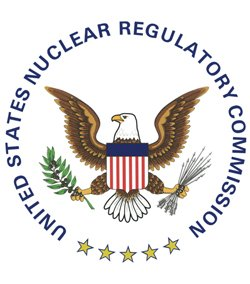
C-10 weighs in
When the opportunity for public comment arose, C-10’s Executive Director, Natalie Hildt Treat, spoke unequivocally. “We urge the NRC to focus on the science for the current licensing basis. Should we consider 100 years? No. And we believe that’s the wrong question to begin with,” said Treat.
“Aside from concrete safety, there are numerous other concerns that have never been adequately addressed by the NRC, and that are purposely being excluded from this discussion: nuclear waste and the impacts of climate change, chief among them,” Treat stated.
While the day’s focus was limited to plant technical and structural issues, these complex problems and the public health impacts of nuclear power were repeatedly raised by concerned citizens during the comment periods.
It will be a minimum of 10 years before any operating US nuclear plants can formally request such an extension to remain licensed for 100 years, and it’s anyone’s guess what energy technology will look like a decade from now, much less 30, 40 or 50 years hence.
Ultimately, economic calculations will determine the fate of our nation’s atomic power plants. With new leadership at the NRC and across federal agencies, it will be interesting to see what changes are made in energy policy, and the degree of emphasis given to sound, scientifically based regulation of these aging reactors.
Further Reading:
Newburyport News: NRC to discuss 100-year licenses for nuclear plants
Toledo Blade: NRC begins discussion on extending nuclear plant licenses out to 100 years
Montgomery County Sentinel: 100 year licensing
Stay up to date with the latest news from C-10! Join our mailing list and more - CLICK HERE.
Follow us

